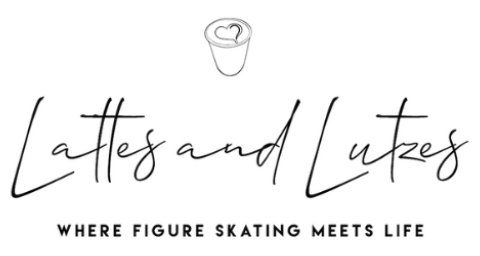
Let’s Get Started
Have you ever wondered about the skating programs you see on TV? I mean, really, how hard can it be? You skate around for about two minutes, learn some arm movements, spin, jump, and then you’re done, right? Well, not exactly—actually, that’s very far from reality. In this blog series, I’ll take you through my process as an adult competitive skater and explain what really goes into creating a figure skating program.
More Than Choosing Your Favorite Song
The first step to crafting any skating program is the music because everything else will be built on top of that. Think of the music as the plot to a movie. What story are you trying to tell? Another consideration is the pace and theme of the music. Is it dramatic or energetic music that requires quick transitions in and out of positions? Does it suit your personal style? For example, do you excel in programs that embody a character, or do you prefer a flowing program where the sound and movements are the main focus? Once I’ve considered these factors, my next step is selecting a couple of pieces for my coach and I to listen to over the rink’s sound system. You wouldn’t guess this, but music sounds different in a large, empty space where the echo can have an impact (more on that here).
I involve my coach in the process because he knows me well. He’ll have me do some edge exercises while playing my music choices to gauge whether the pacing suits me. He also knows which choreographers could work for me and what types of music will be best for both my and the choreographer’s style. Once the music selection is complete, I typically work with a professional editor to have it cut. I know skaters who cut their own music, but I’m just not skilled enough to do more than a rough cut. The right person can really work some magic with a piece and make it stand out.

Prepping For The Choreographer
I begin working with a rough cut of the music to start choreography—generally speaking, having the music cut to the proper length and including the selections I want to use. I wait on the final cut until after we’ve completed the program, that way I know if there are areas that need emphasis or slight tempo changes, and whether it’s a ‘hard ending’ (on the beat) or a soft fade-out. Another thing I’ve found really helpful is creating a document for the choreographer that states the program time, the order of jumps and spins as I plan to do them, and other helpful information such as, “I need to set this jump up, so I’d like a slower entrance,” “I jump and spin clockwise,” or “I have this difficult entrance or exit planned.” This gives the choreographer something to go on, especially when working with someone new or someone you only work with on an annual basis. The final step, which is highly dependent on where you skate and the schedules involved, is that I try to schedule choreography on quieter freestyle sessions. This isn’t always possible, but I find it super helpful. I’m so focused on working with the choreographer that it can be challenging to also keep up with the activity of a busy freestyle session.
Let’s Take It To The Ice
Maybe it’s my classic Type A personality, but I try to arrive earlier than normal on choreography days so I can complete a thorough off-ice warm-up and make sure my music is loaded onto the skating club’s sound system ahead of time. Every choreographer works differently, but for me, we typically complete the program in 3–4 thirty-minute sessions. I like shorter sessions because, as someone who never did dance as a child, all that movement is a lot of information to process. This gives me time to ‘digest’ before the next session. Another trick I use is to either video my last ‘run-through’ of the session or, if that’s not possible, to write down the entire program in detail as soon as I get off the ice. This gives me the opportunity to practice before the next session if I can, or at minimum, to run through it off-ice to further cement it in my mind. Since I’m not an advanced skater, I also find that my body needs time to get used to ‘where it’s going.’
Don’t miss the part two of this series, where I’ll dive deeper into my journey as an adult competitive skater and the art of building a figure skating program!

Commitment and dedication and hard work. So much love for the sport.
Love the comprehensive details and your willingness to share to benefit others! As you noted, lots of preparation which goes into all programs- no matter the length. PS: the links to related topics are helpful.